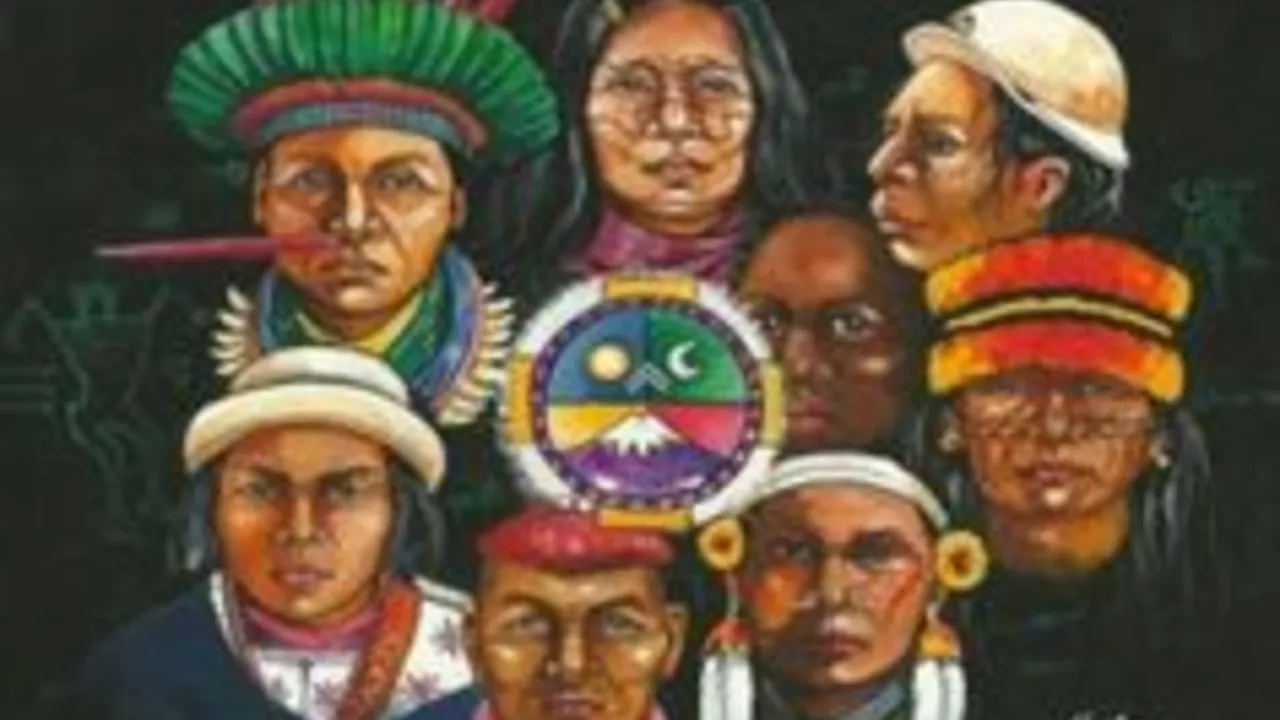Cross-Cultural Understanding: Your Guide to India’s Diverse Landscape
India is a patchwork of languages, religions, and traditions. When you start paying attention to how these pieces fit together, you’ll see why cross‑cultural understanding is more than a buzzword – it’s a daily survival skill. Whether you’re scrolling through the latest news, booking a flight, or choosing a university program, knowing the cultural backdrop can save you time, money, and misunderstandings.
Why cross‑cultural understanding matters today
Take the recent change at IIT Bombay’s SJMSOM. The school now accepts three‑year degree holders from any field, not just engineering. That move is a clear attempt to bring in people from varied backgrounds, boosting gender and discipline diversity. It shows how education is opening doors for students who think differently about problem‑solving.
Religion is another area where culture shapes reality. Most people picture India as predominantly Hindu, but the northeastern state of Nagaland has about 90% Christians. Knowing this helps you avoid assumptions when you talk to someone from that region or read a story about it.
Travel experiences also hinge on cultural awareness. Flying Air India from Delhi to New York, for instance, isn’t just about the seat pitch. It’s about meeting crew members who may speak multiple Indian languages and serving meals that cater to diverse tastes. A traveler who respects those nuances feels more comfortable and gets better service.
Even the media landscape reflects cultural splits. Channels like DD News struggle to attract viewers because many feel the content lacks excitement and seems biased. Understanding why certain outlets resonate—or don’t—helps you pick sources that give a fuller picture of the nation.
How to practice cross‑cultural understanding in daily life
Start with small steps. When you read a news headline, ask yourself what cultural lens it’s using. If a story mentions a policy change at a university, think about who benefits and who might feel left out.
Travel smarter. Before booking a flight or a train, look up the regional customs of your destination. A quick check on local festivals or dress codes can turn a awkward encounter into a conversation starter.
Talk to people from different backgrounds. Chat with a friend who grew up in Nagaland or a colleague studying at a non‑engineering program. Their lived experience adds depth to what you read online.
Finally, keep an open mind. If a news outlet seems one‑sided, scroll to a different source. If a fellow passenger’s accent sounds unfamiliar, see it as a chance to learn a new phrase rather than a barrier.
Cross‑cultural understanding isn’t a one‑time project; it’s a habit you build over time. By staying curious and respecting the many layers of Indian society, you’ll navigate news, education, and travel with confidence and empathy.
What do Indians think about Americans?
Well, folks, let's dive into the spicy curry of opinions that Indians hold about our American brethren. Just like a Bollywood film, it’s a mix of drama, comedy and action! What strikes Indians first about Americans? Their unshakeable optimism and larger-than-life outlook, of course! They admire the American spirit of innovation and independence, while sometimes finding American food habits and obsession with fitness amusing. But, hey we all know, variety is the spice of life, and differences are just opportunities to learn more about each other, right? Isn't that what makes this world a fascinating place? So, let's keep the popcorn popping and enjoy this global blockbuster of cultural exchange!
